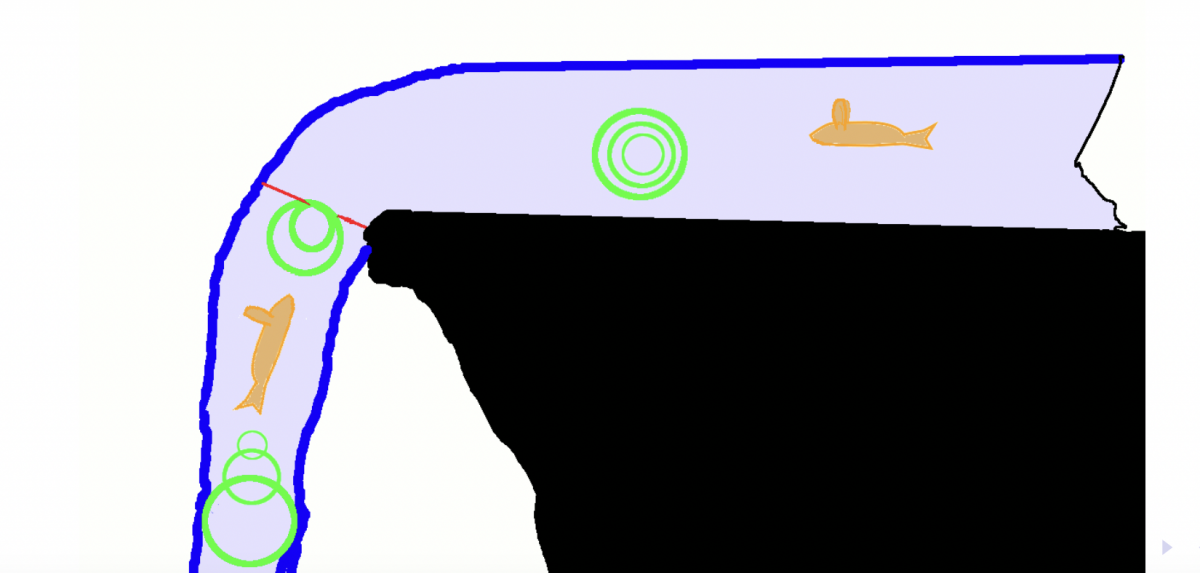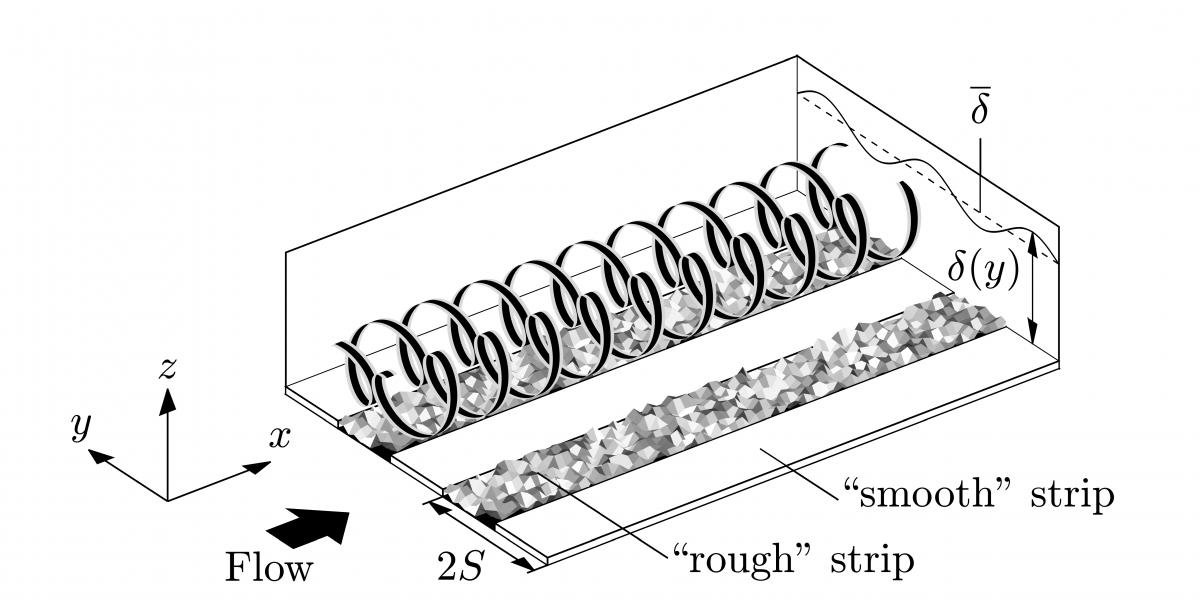
Controlling electric polarization of ferroelectric materials via an applied electric field is widely used in electronic devices. To scale the size of this latter a local control of the polarization is mandatory as well as the stability of well-defined polarized state in distinct submicron and nano-scaled regions of the materials. Scanning probe microscopy using a biased tip allows to study both. Thus, non-volatile behavior as well as the low frequency dynamic of the local polarization can be study for future application in ultrahigh information and/or piezoelectric actuators devices. In this frame, the Piezoelectric Force Microscopy (PFM) will be presented to show advantages and drawbacks of the technic. Afterward, results obtained on several different structures will be addressed depending on the time. To show the versatility of the PFM technic, very different organic and inorganic materials are proposed:
o Lead Zirconate Titanate commercial materials have been characterized for a comparative study with macroscopic piezoelectric coefficient toward a quantitative PFM;
o Nanoscale switching dynamics of ferroelectric domain and domain growth studies are addressed in granular PZT thin film for grain-pinning effect and reversal velocity detection;
o PVDF & composite micrometric film have been studied to show the robustness of their piezoelectric coefficient after metallic inclusions; a mechanical stretching PFM combined study has also been done to demonstrate the possible enhancement of the piezoelectric phase of the PVDF.

After a brief review of the motivation and scope of analogue gravity, and of the cosmiccensorship hypothesis, I introduce an analogue of spacetime singularity in Bose-Einstein condensates, in the form of a shock wave stemming from the nonlinearity of the condensate fluid.It will then be shown that the nakedness of the shock singularity is dressed by the analoguetrans-Planckian physics of the ultracold gas, thereby providing a cosmic censor to forbid effective spacetime nakedness in the BEC.

Dans cette présentation, nous nous intéresserons à la dynamique de la surface perturbée par un nageur anguilliforme (serpent, anguille). Nous présenterons tout d’abord une série d’observations de sillages de reptiles (couleuvres et lézard) obtenues par ombroscopie (voir image). Le motif d’onde observé se distingue nettement du sillage de Kelvin. En effet, on remarque la présence de composantes instationnaires, de la courbure des bords, et d’ondes capillaires en amont du sillage. On observe aussi clairement sur les bords du sillage l’apparition de « cusps », suggérant un phénomène de repliement du front d’onde.
Pour expliquer ces observations, nous proposons un modèle simple où le premier corps du nageur fendant la surface décrit un mouvement de slalom composé d’un mouvement de translation uniforme superposé à des oscillations latérales. Nous étudierons tout d’abord le spectre des ondes gravito-capillaires produit par ce mouvement de slalom et montrerons que le sillage gravito-capillaire, similaire à celui observé expérimentalement, peut être observé pour des nombres de Mach inférieur à 1. L’autre résultat majeur est la mise en évidence d’un double repliement du front d’onde produit par le slalom, mécanisme expliquant la présence de cusps sur les bords du sillage.
Fluid-Structure Interaction (FSI) is a complex phenomenon observed in various natural and engineering systems. Examples found in the literature include insect wings, swimming fish, human heart valve flutter and blood flow. All systems share physiological components which can include thin, highly deformable, and three-dimensional features which in some cases are exposed to turbulent flows. To this date, reliable models for simulating this type of FSI problems are still a challenge due to the intricate nature of the coupled systems.
This seminar will present research conducted in an effort to achieve high-fidelity simulations of the transport of thin membranes in centrifugal pumps. The IBM techniques developed needed to model FSI in high Reynolds incompressible flows and able to handle collision between the immersed flexible membrane and moving rigid boundaries. Other challenges included low interface resolution, spurious force oscillations, low-density ratio. The presentation will provide an overview of the numerical solution and include a review of test cases used for validation. It will aim to suggest avenues for future research.

Chemical dynamics constitute a bottleneck in the acceleration of reaction flow simulation. This is, in large part, due to the stiffness of the associated ODEs, i.e. the simultaneous presence of slow and fast timescales. We present several results aiming to replace stiff ODE solvers with Machine Learning approaches. Our studies underscore the importance of dataset balance, the necessity to preprocess simulation data and the potential of dimensionality reduction. We illustrate our results by showing significant increase in computational efficiency while simulating the behaviour of 0D reactors with a large number (52) of chemical species.

The wake of a cylinder or the shear-layer over an open cavity are archetypes of resonator flows oscillating in a self-sustained fashion. The latter configuration is particularly relevant to military applications, but it is also an ideal test-bench to validate flow control methods in the lab. The aim is to suppress oscillations using a feedback loop between an actuator located at the leading-edge of the cavity and a sensor located further downstream. Self-sustained oscillations are the signature of strongly nonlinear autonomous dynamics, yet it is found numerically that full stabilization is achievable from the oscillating state, using linear tools only, without prior knowledge of the target base flow. After reviewing the heuristic method initially used in simulation, we will discuss some progress made towards its practical implementation and theoretical justification. In particular, we will present a fully data-driven version of the initial method based on the « mean transfer function » (MTF) rather than impractical linearization about a mean flow. The method is assessed numerically on the case of cylinder flow (see figure 1a). We study key properties of the MTF, in particular its close connection to linearization about a mean flow. We then investigate the MTF system identification problem on two distinct cavity flow experiments performed at ONERA and LISN (see figures 1b and 1c).

Flame dynamics involve many effects (hydrodynamics, acoustics, thermal expansion, reaction and more), and they are known to display unstable behaviour in a large variety of configurations. These instabilities can be underpinned by rich interactions, for instance between shear mechanisms, flame front dynamics and thermo-acoustic radiation. I will visit three very different scenarios where instabilities manifest themselves, and examine these with linear analysis:
1. a laminar slot flame under external excitation,
2. a V-shaped flame issuing from an annular nozzle,
3. a conical Bunsen flame of premixed hydrogen.
For the slot flame example, I will critically discuss the concept of flame transfer functions, and compare it against resolvent analysis. The V-flame displays a subcritical bifurcation due to intrinsic thermo-acoustic instability. In the hydrogen flame, linear eigenmode analysis predicts that a sub-unity Lewis number leads to the onset of « polyhedral » flame shapes.

Large-scale coherent rolls are observed frequently in unstably stratified turbulent wall-bounded flows where they strongly influence the turbulent transport and the mean flow properties. I will address the question of their genesis by means of a linear stability analysis of the turbulent mean flow where a model of turbulent Reynolds stresses is embedded in the linear stability operator. I will show that the onset of large-scale convection is associated to the linear instability of the mean flow to large-scale streamwise-uniform coherent rolls consistently with the results of recent direct numerical simulations performed in the same setting. I will also discuss the importance of including a model of the Reynolds stresses in the linear operator both in this analysis in resolvent analyses of turbulent shear flows.

The nature of wall-bounded turbulent flows over rough surfaces, whose roughness distribution is homogeneous, has been studied extensively and is relatively well defined. Most surfaces in nature and engineering applications, however, are heterogeneous and the heterogeneity can be arranged in an infinite number of ways. Examples include: rivets on aircraft, bio-fouling on ships, sedimentation on riverbeds, and forest and crop boundaries in the atmospheric surface layer. This talk will focus on a specific roughness arrangement composed of spanwise-alternating smooth and rough strips. Embedded within the turbulent boundary layer developing over such surface are secondary flows in the form of counter-rotating streamwise vortices. Instantaneously, these secondary flows are visually similar to the large-scale motions (LSMs/VLSMs) that occur naturally over smooth walls – both appear as elongated high- and low-momentum streaks. In this talk, I will investigate parameters affecting the formation of the secondary flows and take a closer look at the structures of turbulence in roughness-induced secondary flows, and how these structures compare to the naturally occurring LSMs/VLSMs.







